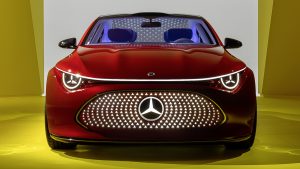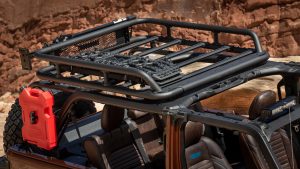A 1985 Monte Carlo SS has just gone for auction. Great opportunity to review some facts about Chevrolet’s classic personal luxury coupé

Yes, another car that has gone for auction has attracted our attention. This time, Bring a Trailer is offering a 1985 Monte Carlo SS starting a little above $14,000. In case you have never heard of that name, we are talking about the car with which Chevrolet competed in the personal luxury segment for decades. That is such a specific market niche that it should not be surprising if it gets a dedicated article here soon.
We can say that this car has contrasting features. After all, it is a full-size coupé with sporty pretensions that Chevrolet developed in the “malaise era”. In other words, it was a desperate attempt to hold on to traditional USA guidelines in terms of cars at a tough time. To be more specific, a time when the people who still bought cars were going to Japanese dealers seeking fuel efficiency. Let us give it a look.
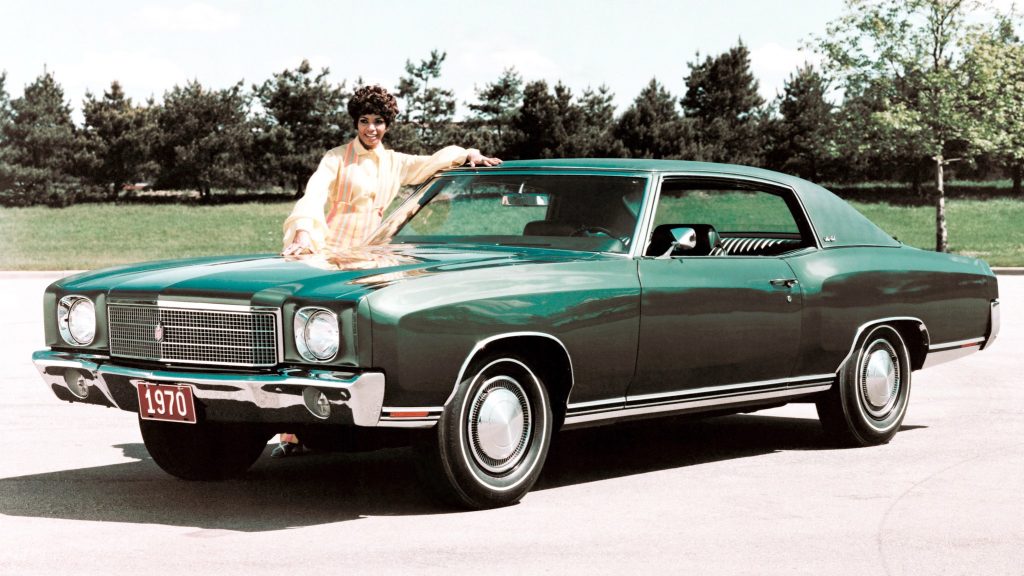
Early days of personal luxury
In the late 1960s, North American carmakers were using badge engineering to the fullest and GM was no exception. The company updated its midsize platform for 1968 and created several models from it. One of those cars was the 1969 Pontiac Grand Prix, from which Chevrolet would derive the very first Monte Carlo in the next year. While both were full-size hardtop coupés, the latter was simpler and more balanced.
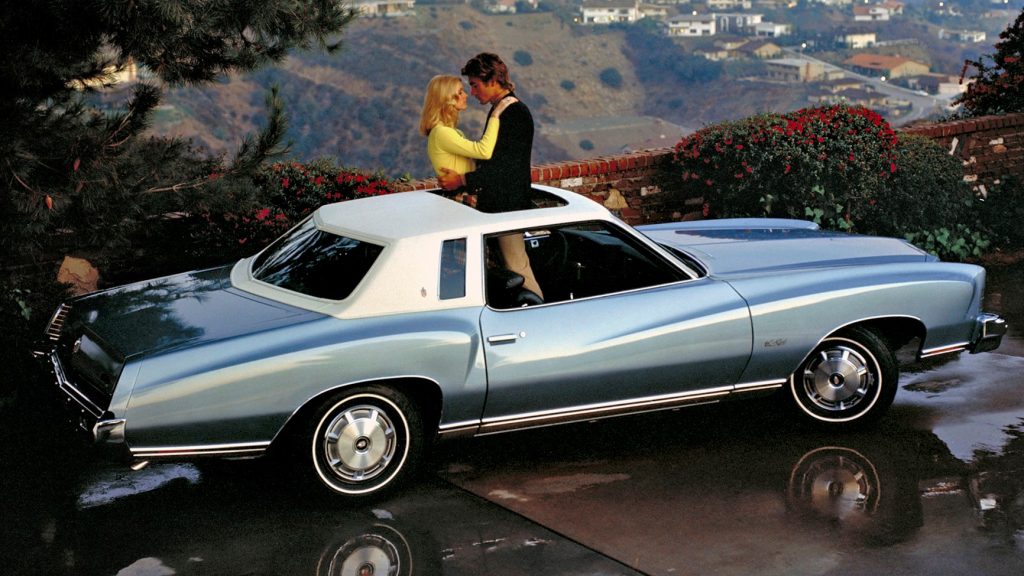
The car received minor upgrades year after year that only made it more attractive. Its external design was a strong sales argument, but the list of optional packages made everything even better. Since it is mainly an emotional car, most buyers would order it with many additional items. The Monte Carlo brought such an interesting profit margin that Chevrolet made it even better in the second generation, in 1973.
Now, you might remember that this was also the year of the oil crisis. The automotive market suffered not only from that, but also from stricter emission regulations. While that is yet another topic that deserves an article of its own, it did not affect the Monte Carlo right away. In fact, it reached its all-time sales record in 1976. Since people were slowly moving to other cars, the impact would only come some years later.
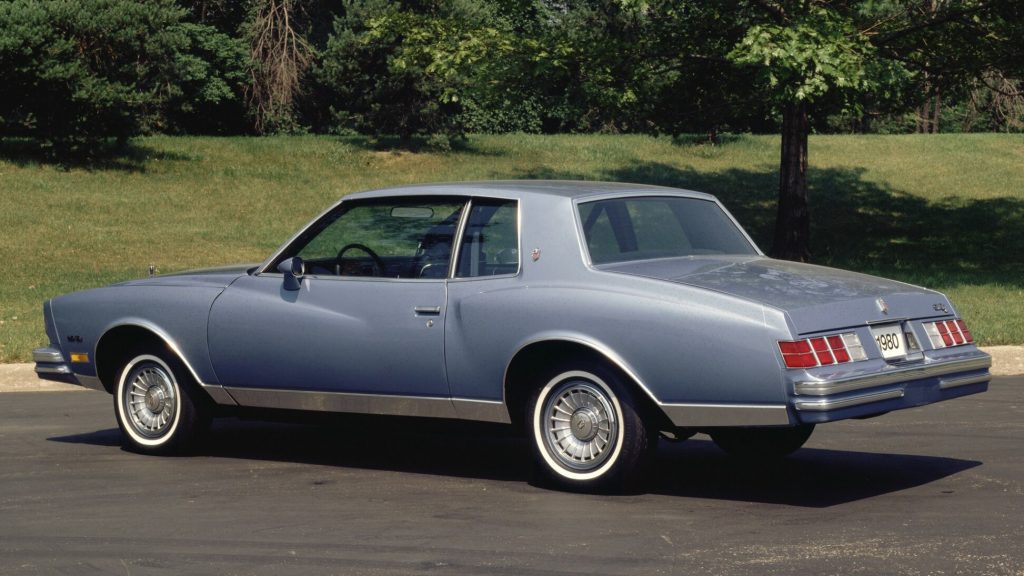
The Monte Carlo’s decadence
In 1978, the third generation came with shorter dimensions and smaller engines. It even looks worse too, despite Chevrolet’s effort to preserve the design identity. Those are all consequences of downsizing the Monte Carlo, which was necessary to face the tougher times in the 1980s. The newer project managed to offer more cabin and trunk room, but it surely lost part of the prestige acquired through the 1970s.
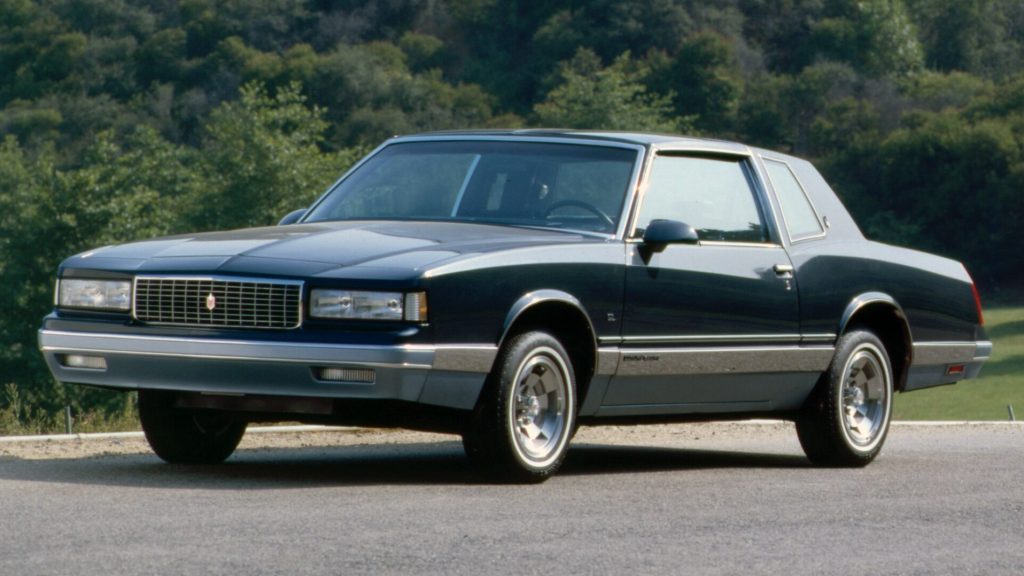
Now, it is important to say that all North American cars of that time went through a similar process. The problem is that the Monte Carlo also fell out of fashion. Wealthy buyers of more conservative tastes were migrating to European cars, like BMWs, because they were more modern and efficient. And people who wanted pure performance would choose pony cars like the Camaro. The Monte was losing its crowd.
By the time Chevrolet had to update the Monte Carlo again, it could not invest in something new because that would be too expensive for buyers. However, the car needed a strong sales appeal; anything to make it interesting again. The solution turned out to be sportiness: the fourth iteration adopted smoother lines, a turbocharged engine, and the SS version. The Z65 Super Sport package that motivated this article.
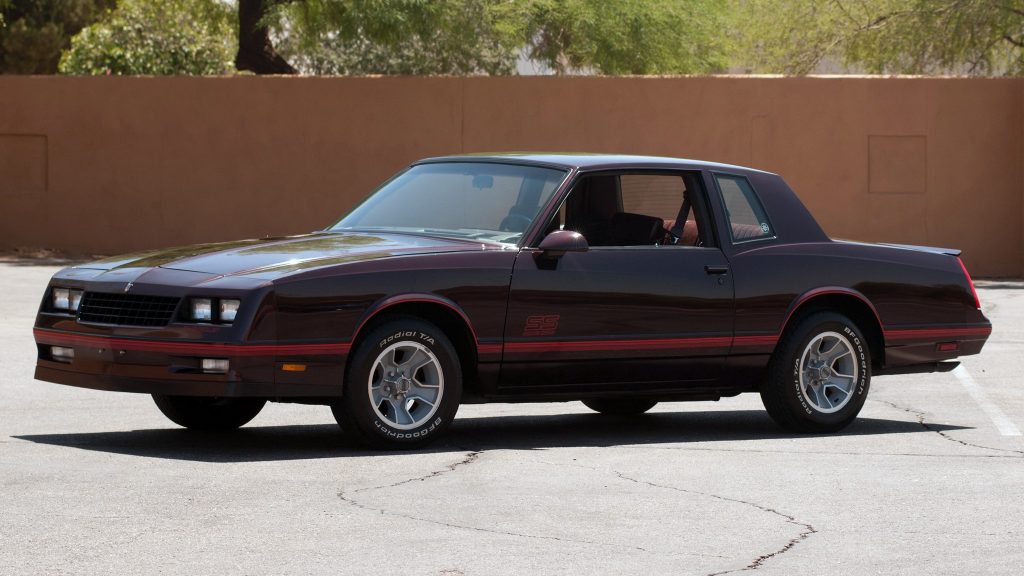
The Chevrolet Monte Carlo SS
There were SS decals in red, exclusive five-spoke wheels, a discreet lip spoiler on the rear, burgundy color in the cabin… and an exclusive front fascia. More specifically, a new wraparound plastic part that made the region more aerodynamic and gave it a sportier grille. Once you compare the SS with a regular Monte of the same time, that addition easily reminds of what Dodge did with the Charger Daytona years ago.
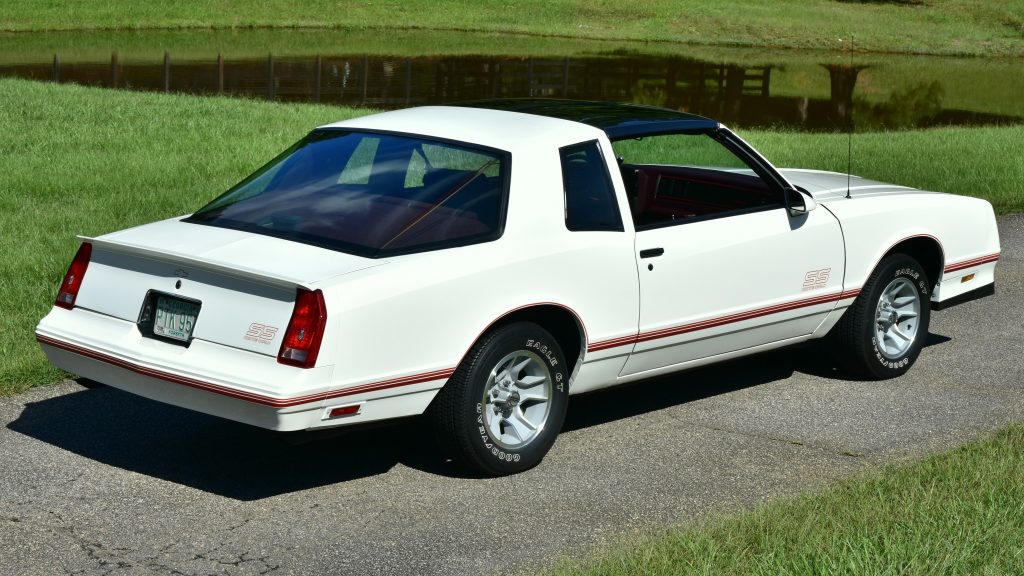
When it comes to powertrain, the SS was a victim of the low technology and the strict regulations of that time. It used a carbureted 5.0L V8 which could only muster 181 hp of power and 224 lb-ft of torque. Not really fitting to a model with sporty pretensions that had even built a reputation in NASCAR. Fortunately, Chevrolet did not give up. On the contrary, it gave the Monte Carlo an even more curious variation.
In the typical fashion of homologation specials, the company made 200 units of the Aerocoupe for street use. In essence, that is an SS version with a wraparound rear windshield, as seen above. It made the trunk lid shorter and aims at making the coupé more aerodynamic. It is interesting to see what Chevrolet had to do to make such an aging car somewhat more efficient. Just another practical result of the malaise era.
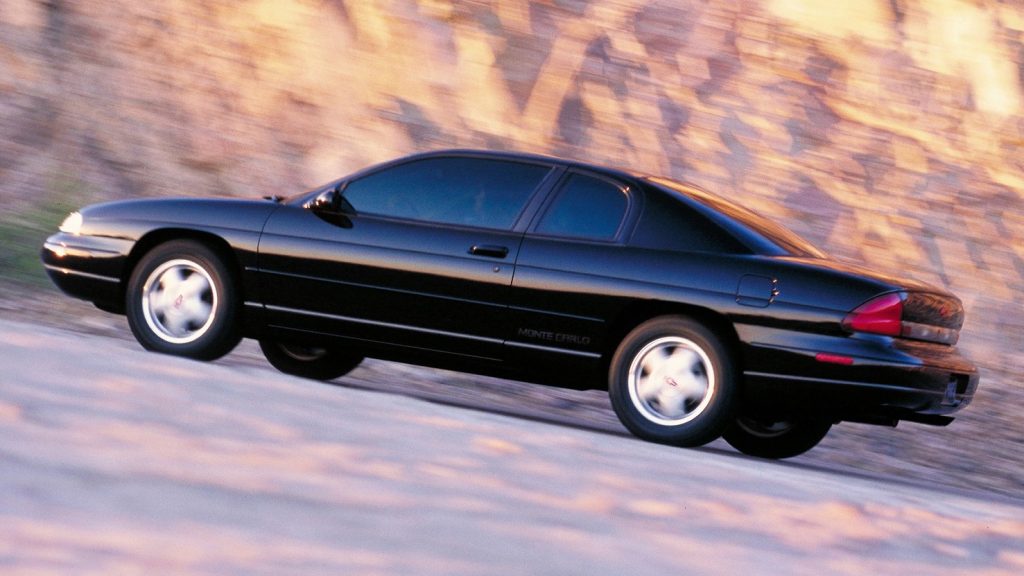
Lost in the changing times
While you can find about the SS car on auction here, Car & Driver has written an interesting opinion on it. That 1985 model used sportiness in a visual way; it was a resource to stay relatively competitive. When it comes to dynamics, the Monte Carlo is not about “winning pink slips at the drag strip or shredding corners on some mountain road. It’s about rolling around and feeling badass in a big American coupe.”

Sadly, Chevrolet could not properly update its formula. In the 1990s, personal luxury coupés were shifting to the “grand tourer” concept, like the BMW 8 Series used. The Monte Carlo was aging like a boomer who cannot accept the change of times. At some point, it ceased to be cool and interesting to become just old and outdated. At first, the maker tried to address that by replacing it with the Lumina coupé in 1991.
Since that model had even less prestige, the Monte Carlo name came back in 1995. However, things were much different then: the new car used front-wheel drive, smaller engines, and a generic style. It managed to sell well enough to receive a nicer update in 1999, but it was definitely just a memory of the car it used to be. If you liked that 1985 Monte Carlo SS, the auction is going to end by the end of this week.
Danillo Almeida has explored his passion for cars in two distinct ways. The first one is his graduation course in Mechanical Engineering, which will hopefully lead to a job position in the field. The other one is expressing his knowledge and opinions on the matter through writing. Almeida has already contributed to blogs, stores, and websites in general writing automotive content in many formats.

